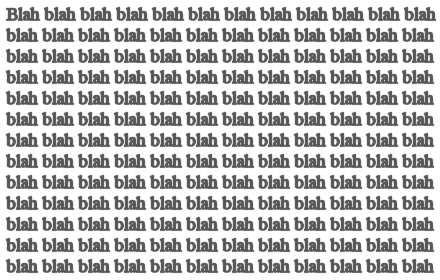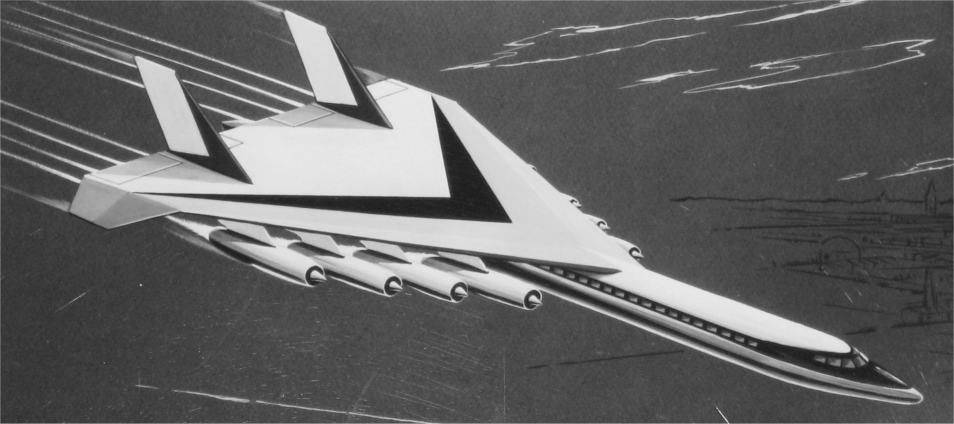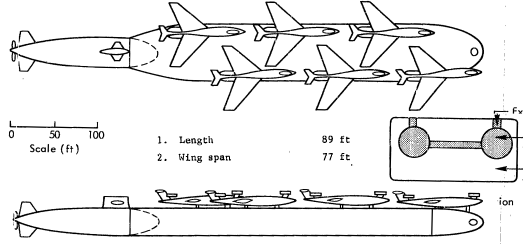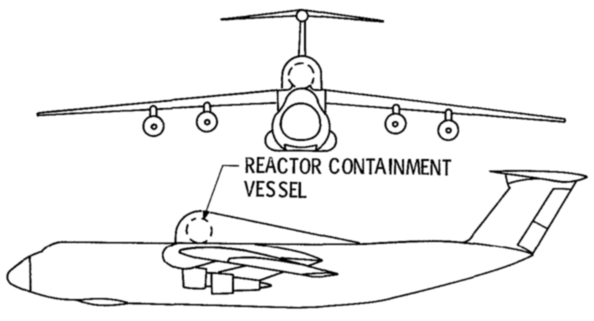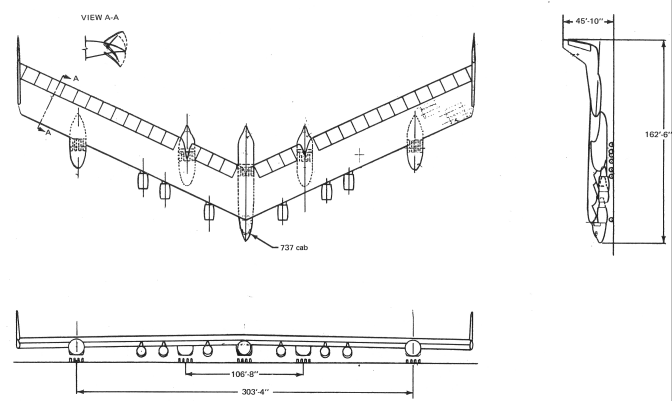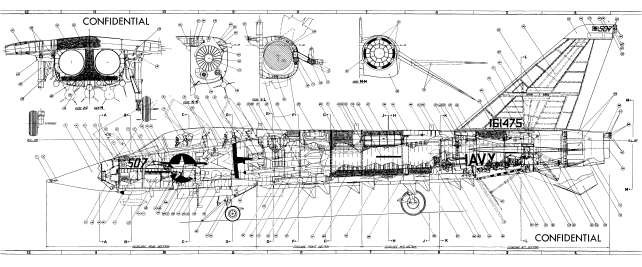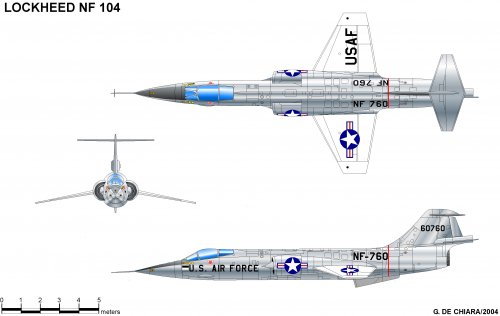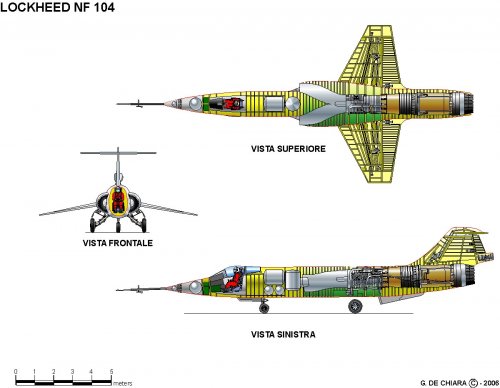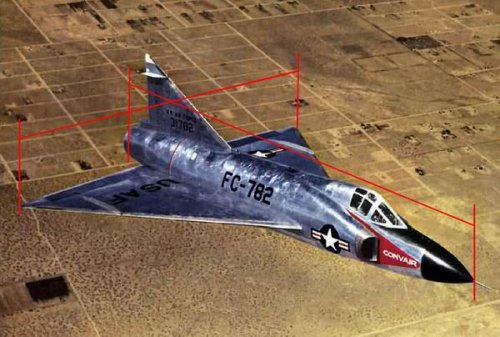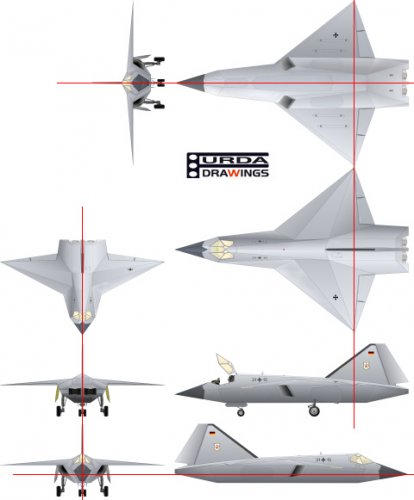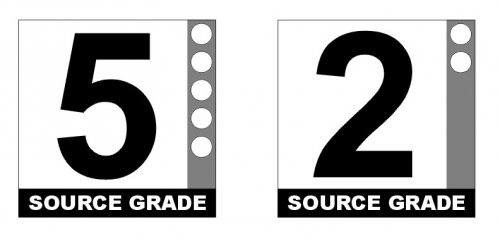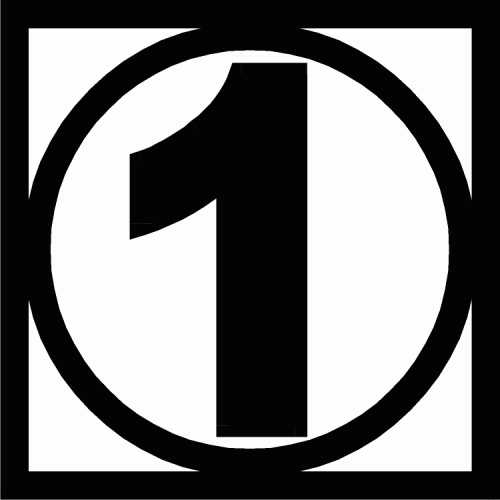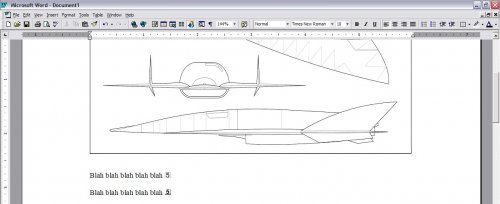Those who bought my "US Bomber Projects Preview" probably noticed the "source grade" I used to describe the quality of the drawings used to create the new general arrangement drawings. Since then, I have revised and refined the concept, with the help of Dennis R. Jenkins and Robert Godwin, two other "project" authors who have declared the idea valid and something they'll use in the future. In the latest issue of APR, I have a two-page article describing the concept in greater detail. In the intersts of spurring discussion, I'm posting the article below...
In this issue of APR, you’ll find a great many drawings produced by yours truly. There are a few reasons for this… it allows for numerous designs to be shown in scale, it eliminates (or at least reduces) possible copyright/intellectual property issues, and, most importantly, it means that new high quality drawings can take the place of the original drawings, which are often of dubious quality.
This is hardly a new concept. Many books produce new three-views rather than showing the original drawings. However, when the original drawing is not shown, it is difficult, if not impossible, for the reader to determine just how accurate that new drawing may be. Often, especially in the case of “Luftwaffe, 1946” books, the drawings are based on scant description at best, and can often be described as pure invention on the part of the draftsman. But without further information, that is not known to the reader. As a result, many designs that can be safely described as inaccurate nonsense gain cache as “real.” This is a particular annoyance to me, and one I don’t wish to contribute to. Consequently, all drawings will have an indication of the “reliability” of the drawing, through a simple grading system, 1 through 6.
A “source grade” of 1 indicates that the drawing is a provisional reconstruction, based on text description, not actual drawings.
A “source grade” of 2 indicates that the source drawing is at best crude, often a notional design with just a sketch. Alternatively, the source image is an isometric or perspective artists impression rather than orthogonal drawings.
A “source grade” of 3 indicates that the source drawings are serviceable but simple.
A “source grade” of 4 indicates that the source drawings were clear, but the design was not entirely detailed.
A “source grade” of 5 indicates that the source material was detailed, clear and unimpeachable.
And finally, a “source grade of 6 indicates that the drawing presented is the actual source drawing, not a reconstruction. A grade 6 drawing can thus run the gamut from blurry to crystal clear, from spartan to detailed.
In consultation with several other authors (including Dennis R. Jenkins, author of “Hypersonic The Story of the North American X-15” and “Space Shutlle, The History of the National Space Transportation System,” and Robert Godwin, editor of Apogee Books’ “NASA MissionReports”), this system has been refined, and changed somewhat from when I first used it in “US Bomber Projects Preview.” Grade six has been added, and instead of text describing the source grade, a standardized graphic has been created. A numeral, one through six, inside a circle inscribed within a square will be added to the drawing, either within the body of the art itself, or at the end of the caption (in this issue of APR, the source grades are located at the end of the captions). The intent is to be clear yet unobtrusive.
In short, the source grade is a measure of how much you can trust the drawings you’re looking at.
In this issue of APR, you’ll find a great many drawings produced by yours truly. There are a few reasons for this… it allows for numerous designs to be shown in scale, it eliminates (or at least reduces) possible copyright/intellectual property issues, and, most importantly, it means that new high quality drawings can take the place of the original drawings, which are often of dubious quality.
This is hardly a new concept. Many books produce new three-views rather than showing the original drawings. However, when the original drawing is not shown, it is difficult, if not impossible, for the reader to determine just how accurate that new drawing may be. Often, especially in the case of “Luftwaffe, 1946” books, the drawings are based on scant description at best, and can often be described as pure invention on the part of the draftsman. But without further information, that is not known to the reader. As a result, many designs that can be safely described as inaccurate nonsense gain cache as “real.” This is a particular annoyance to me, and one I don’t wish to contribute to. Consequently, all drawings will have an indication of the “reliability” of the drawing, through a simple grading system, 1 through 6.
A “source grade” of 1 indicates that the drawing is a provisional reconstruction, based on text description, not actual drawings.
A “source grade” of 2 indicates that the source drawing is at best crude, often a notional design with just a sketch. Alternatively, the source image is an isometric or perspective artists impression rather than orthogonal drawings.
A “source grade” of 3 indicates that the source drawings are serviceable but simple.
A “source grade” of 4 indicates that the source drawings were clear, but the design was not entirely detailed.
A “source grade” of 5 indicates that the source material was detailed, clear and unimpeachable.
And finally, a “source grade of 6 indicates that the drawing presented is the actual source drawing, not a reconstruction. A grade 6 drawing can thus run the gamut from blurry to crystal clear, from spartan to detailed.
In consultation with several other authors (including Dennis R. Jenkins, author of “Hypersonic The Story of the North American X-15” and “Space Shutlle, The History of the National Space Transportation System,” and Robert Godwin, editor of Apogee Books’ “NASA MissionReports”), this system has been refined, and changed somewhat from when I first used it in “US Bomber Projects Preview.” Grade six has been added, and instead of text describing the source grade, a standardized graphic has been created. A numeral, one through six, inside a circle inscribed within a square will be added to the drawing, either within the body of the art itself, or at the end of the caption (in this issue of APR, the source grades are located at the end of the captions). The intent is to be clear yet unobtrusive.
In short, the source grade is a measure of how much you can trust the drawings you’re looking at.


